Part 1

Learning your trade is paramount, even if you love it. So, I went to the California Superbike School being held in India for the second time to learn ride craft.
Yes, it might seem awfully odd that after having ridden motorcycles for almost 15 years and majority of them involving riding motorcycles for a living, I decided to head to a riding school. But, that’s what is special about riding motorcycles in the fi rst place; no matter how long, hard or diverse one’s riding experience might be, there’s always some thing extra that remains to be learnt.
I was excited to attend the California Superbike School for another reason too. You see, I might be a self-taught rider like almost everybody out there, but I did hone (or I thought I did) my riding skills by reading a few books on riding. The most impressive and thorough of the lot was ‘Twist Of The Wrist’ by Keith Code.
It’s a book that tells you to notice and use bits about your riding technique which you already use, but unconsciously. The idea being that knowing what you are doing more clearly will put you in a better position to exploit these bits to become a better rider. It’s all scientifi c and Mr Code has spent years perfecting these riding techniques. So, when I learnt the man himself was going to be here to school us, I simply had to be there!
So, I headed off to the Chennai race track for a two-day session. Since I had never done the school before I’d only be allowed to attend levels 1 and 2 while levels 3 and 4 would be for already schooled riders. But before I tell you what happened, I would like to make one thing extremely clear – no matter how hard I try to explain the techniques and how best to use them, you’d never be able to make complete use of it without attending the school. Like they say, “there’s no substitute for track time.”
The idea here is to be as smooth with the throttle as possible when getting out of a corner. The best way to apply it is to get on the throttle only when you are sure you would not need to back off till the time you brake for the next corner. It has to be seamless and progressive.
Good throttle control lends the bike better stability around bends. It also gives the rider more confidence around a corner and allows the bike to have higher exit speeds, which ensures quicker lap times.
Part 2

The no brakes, single gear drill for most of the first day helped in learning the track.
The technique: For schooling turn in points were marked. These were deeper into a corner than most riders had used before. Hitting these markers meant, we were able to hit the corner apexes well and were nearly straight-lining the corners. The latter helped in getting on the throttle early and with it a higher exit corner speed.
The benefits: Helps you brake later and you get on the throttle earlier. It also negates the need for the rider to make mid corner adjustments to line, which is a certainty with an early entry into a corner.
The technique: To go fast around a corner, one must feel comfortable. And for that one needs to know his/ her whereabouts. The Two step technique helps establish that. The idea here is to pick a turn in point followed by the apex of the corner. That way, there’s less ambiguity, more precision with lines and of course, better throttle control.
The benefits: Being more comfortable in your surroundings translates into more confident actions including turn in, lean angle as well as throttle control. And knowing where you are on the track and particularly in a corner means consistent lines and the confidence to go faster.
The technique: Quick turn goes hand in glove with a late turn in. to achieve a quick turn in; a rider must push the inside of the handlebar with more pressure. It has to be a quick and purposeful push and not a slow and long drawn one. The latter will lead to lazy turn in and rider most definitely missing the apex. The benefits: Helps the rider achieve maximum lean early; helps the rider to stick with the chosen line; and helps the rider to hit the apex of the corner. It also helps the rider to get on the throttle early, because the best time to get back on the throttle is post max lean. This in, turn, reduces the rider's lap times around the track.
The technique: In theory, the last thing a rider wants to do is add his/ her two bits in helping the bike corner better. In the real world though, thanks to our learning curve, almost all of us hang on to the handlebars all the time. It tires us out, but worst of all, it makes the bike less stable around bends. The idea then is to relax your upper body when on the bike and use the lower half to hold on.
The benefits: The biggest benefit of relaxing on the bike is that the rider never feels rushed, which automatically helps him/ her ride better. Not putting weight on the handlebar also means the bike’s suspension can work freely and that means it tracks the road in the best way possible and offers maximum grip. It won’t feel natural at the beginning though; at least it felt odd to me.
The technique: This is an extension of the Two Step. Here the rider is taught to find more reference points, be it for braking, turn-in, apex and more importantly for where the rider wants to be on the exit. These reference points can be patches on the track, a mark on the kerbs, or even a level change. It’s best however to look for reference point as close to where you want to pass on the track; because you go where you look!
Part 3

It helps the rider formulate a plan. It’s like an itinerary; you know where you want to arrive, what connection to want to make to the apex and what your final destination is at the end of the corner. Compare that to being at sea, and you know a plan is a must. Reference points help you firm up the plan.
On the track, whether we know the lines, whether we know the turn in points or whether we know the track for that matter, doesn’t stop us from using a pre-decided patch of road, lap after lap. If we do deviate from that patch around a bend, we panic. This technique helps in avoiding this panic. Do one lap on the left edge of the track followed by the next on the right edge and finally one through the centre of the track.
Change Lines helps us get acquainted with the track. We learn that there’s no need to be scared of the track's outer edges and traction or grip is not as big a problem as we thought. In my case, for a change I did not panic while running wide.
How do you establish a reference point if the road disappears from the horizon? ow do we know whether it’s turning left or right, especially on an unfamiliar road? That’s why we need the Vanishing point technique. Here, we look at the patch of tarmac we want to be on (generally the centre portion) so that we can then act depending on the road.
Calms your nerves and prevents you from over committing into a corner. It’s also best not to go charging down that section like a mad bull. A little slow is better than ending off the track or worse still, down a cliff.
This is something all Indian road users do in any case. It’s about looking at a much bigger picture while concentrating on the road ahead. You know, look for cows, dogs, kids tractors and even trucks just jumping out of a break in the gap without warning. On the track too, it’s not a good idea to fixate oneself with the reference points. One must keep them in the peripheral vision while looking ahead at the larger picture that is the riding environment.
Like we were told, fixating on one reference point followed by the other is like a three year old playing the ‘join the dots’ game. He looks for ‘1’ and then rushes to it. Stops and hunts for ‘2’ and then again rushes to join it and so on. But the lines he makes are abrupt. An elder playing the same game first gets a general idea of what picture will be revealed and then connects the dots by adding a few curves to get the best final picture. So obviously, Wide view makes you smoother and lends you better control.
This is the opposite of the Quick Turn. So while exiting a corner, push on the outside of the handlebar to get the bike straight up as soon as possible. However, do it with less ferocity compared to the Quick Turn.
One can’t pin open the throttle with the bike leaned over. More so in bigger, powerful motorcycles. To put the power down, you’d want the bike as straight up as possible. Obviously, the sooner you pick up the bike, the sooner you can put down the power. And of course, have higher exit speeds.
So, after two days of intense classroom and field schooling am I a better rider now? Not quite. You see, I have to first unlearn most of things about riding motorcycles I Know. Then learn and apply the new, more handy techniques I have learnt in school. But once I have done that, I think I will be a better rider, no question.
Gallery
1/3
Double Tap to Zoom




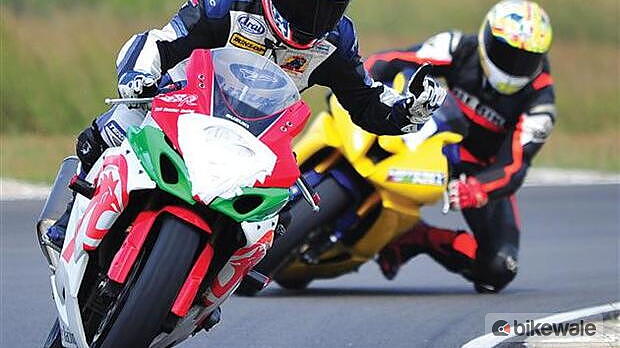



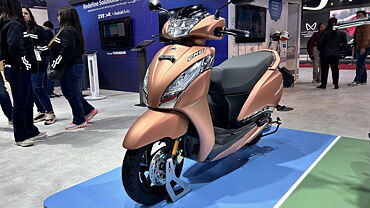
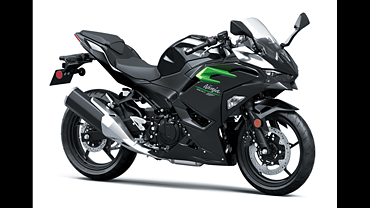
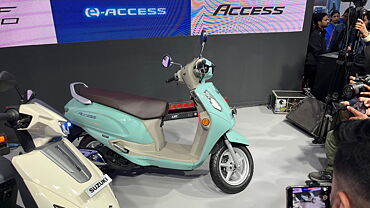
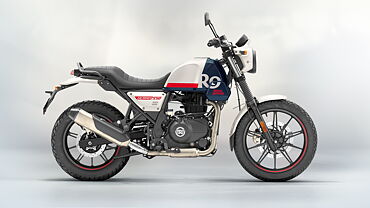


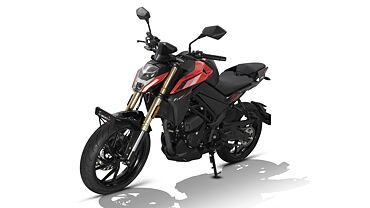
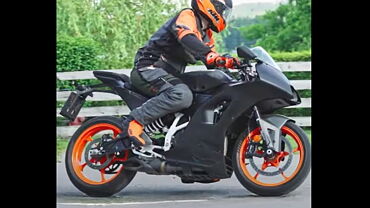
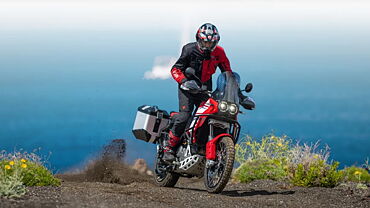




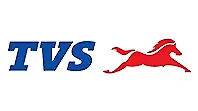
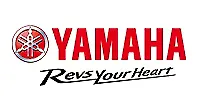
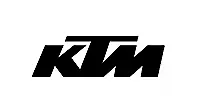


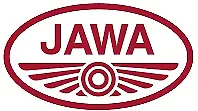

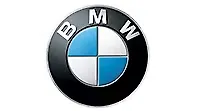
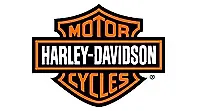





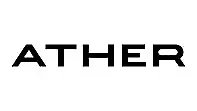




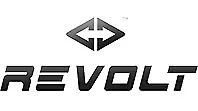
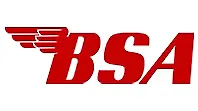
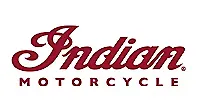














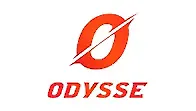



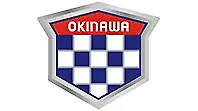

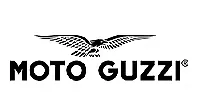





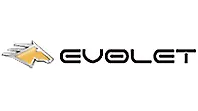







![KTM 390 Adventure X [2025] KTM 390 Adventure X [2025]](https://imgd.aeplcdn.com/272x153/n/cw/ec/190885/390-adventure-x-2025-right-side-view.jpeg?isig=0&q=80)